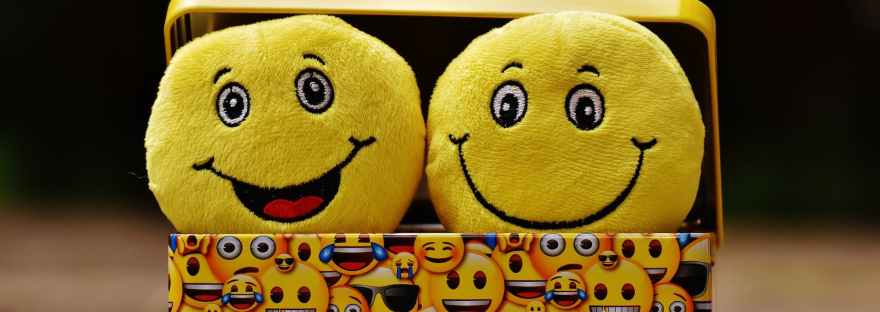DBT Skills Training Module: Emotion Regulation
There are 8 primary emotions. You are born with these emotions hardwired in your brain, meaning no one has to teach them to you. That wiring causes your body to automatically react in certain ways and for you to have certain impulses when the emotion arises. By being able to identify a primary emotion you are experiencing, you have a better chance of managing impulses, regulating emotions and ultimately having more control over your behaviors.
Here is a list of primary emotions:
Anger
Sorrow
Joy
Fear
Disgust
Guilt/Shame
Interest
Surprise
All other emotions are made up by combining these basic 8 emotions.
Sometimes we have secondary emotions, an emotional reaction to an emotion. These are learned from others and our environment.
Some examples of this are:
– Feeling shame about getting angry.
– Feeling angry about experiencing sorrow.
– Feeling fear about experiencing joy.
There are many more secondary emotions and responses that are NOT hardwired into our brains and bodies. Instead, they are learned from our families, culture, environment, and other ways. When you have a secondary emotion, the key is to figure out the primary emotion behind it. Then you will find the feeling at the root of your reaction and have a better chance at taking the most appropriate action.
APPLY THE SKILL:
Try to identify a time over the last few weeks where you recall experiencing each of the primary emotions.
Reference: Linehan, M.M. (2015). DBT Skills Training Manual (2nd ed.). Guilford Press.








